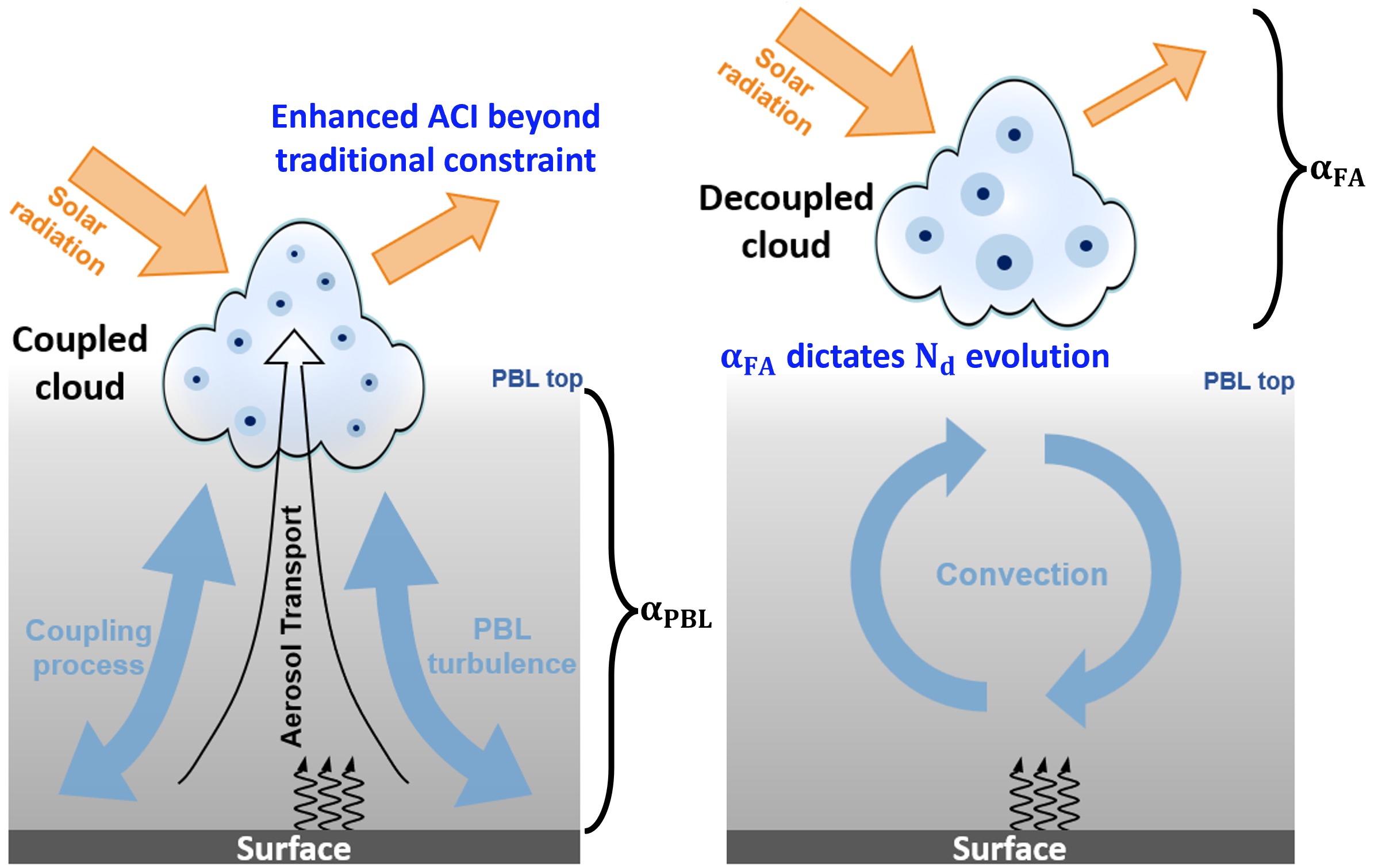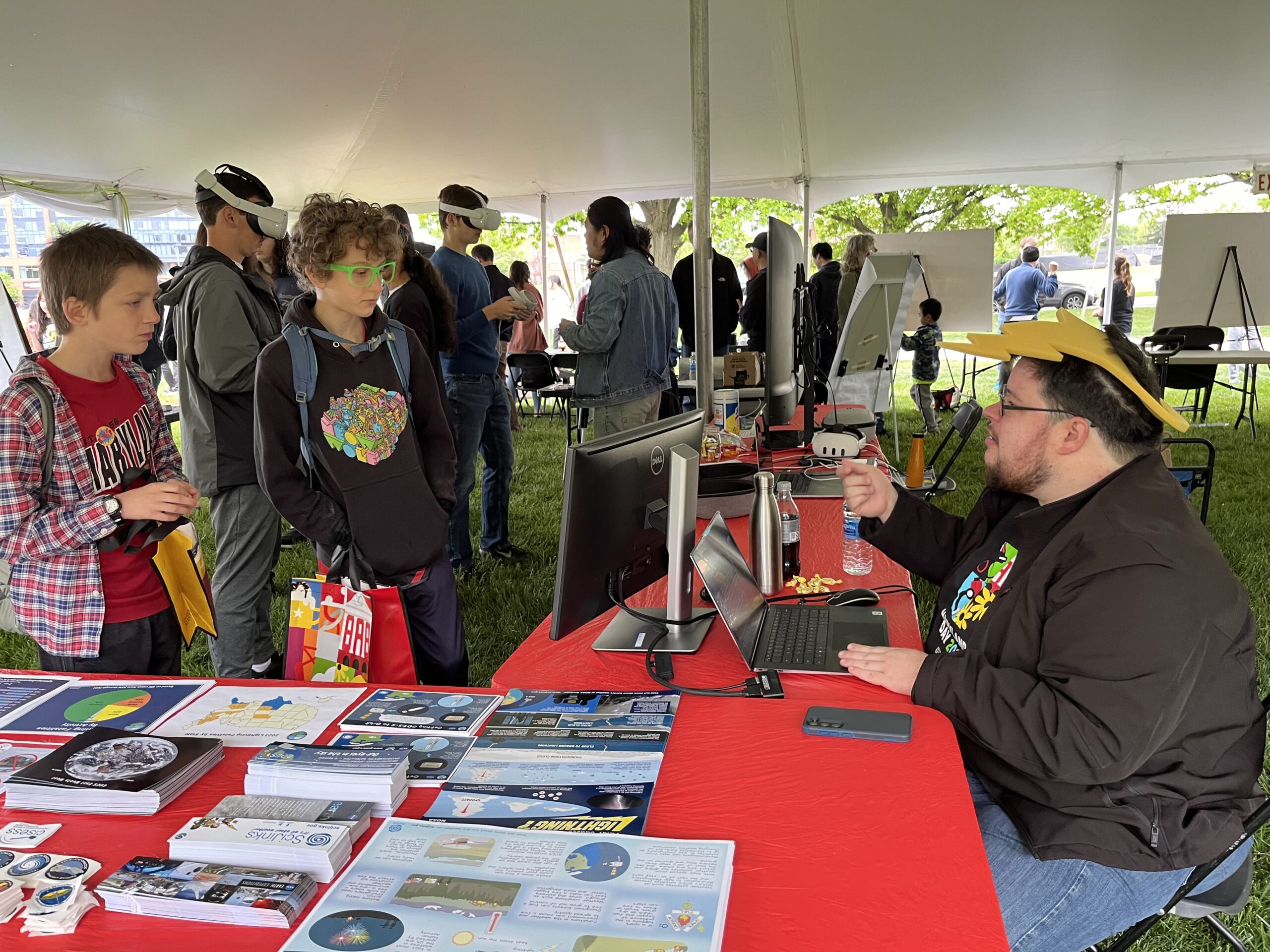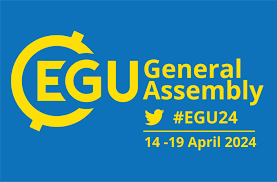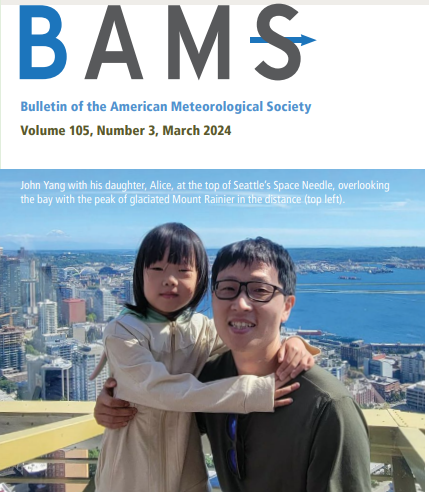
Lisa Milani Talks Global Precipitation in Italy
On Earth Day 2024, Lisa Milani visited several schools in Italy participating in The Global Precipitation Measurement Mission (GPM) Mentorship Program – Educator Track. The

On Earth Day 2024, Lisa Milani visited several schools in Italy participating in The Global Precipitation Measurement Mission (GPM) Mentorship Program – Educator Track. The

A key to improve climate prediction is to improve understanding of the impact of aerosol on clouds, or commonly known as the aerosol-cloud-interaction according to a new study led by Earth System Science Interdisciplinary Center (ESSIC) researchers published today in Science Advances.

ESSIC/CISESS Scientist Liqing Jiang recently hosted the first International Workshop to Advance Ocean Carbon and Acidification Data Management and Interoperability in Venice, Italy on May 7-8 2024.

Jianping Mao is first author on a new paper in Atmospheric Measurement Techniques titled, “Airborne lidar measurements of atmospheric CO2 column concentrations to cloud tops made during the 2017 ASCENDS/ABoVE campaign”.

On Saturday, April 27, ESSIC faculty and staff gathered to celebrate Maryland Day, the University of Maryland’s largest community outreach event! This was the 26th year that the university held the event, and the 24th time that ESSIC has participated.

From April 14-19, several ESSIC and CISESS scientists traveled to Vienna, Austria to participate in the European Geosciences Union General Assembly. See the presentations below. Names of ESSIC scientists are bolded.

ESSIC scientists Chelsea Parker and Veljko Petković were honored at the 2024 Maryland Research Excellence Celebration for their “for their demonstrable elevation of the visibility and reputation of the University of Maryland Research Enterprise.”

Earlier this month, Nature Reviews Earth & Environment released their annual Climate Chronicles, a collection of their ‘Year in Review’ articles. In these pieces, leading experts outline the observed characteristics and changes to select climate metrics and policies over the course of the year, collectively documenting the state of the climate and its ongoing evolution.

One of the most critical questions in climate research today is how global clouds will change in a warmer environment. Physical mechanisms in the atmosphere have the potential to moderate or accelerate the warming from greenhouse gases. These mechanisms are called feedbacks. Even with today’s improved forecasts, feedback from clouds is uncertain – meaning scientists don’t know how much Earth’s average temperature will warm as the CO2 atmospheric concentrations continue to increase. A new University of Maryland and NASA study attempts to reduce this uncertainty by constructing a long-term trend in cloudiness using NASA and NOAA satellite observations going back to 1980.

The Bulletin of the American Meteorological Society (BAMS) featured the work of ESSIC/CISESS scientist John Xun Yang in their March 2024 issue.